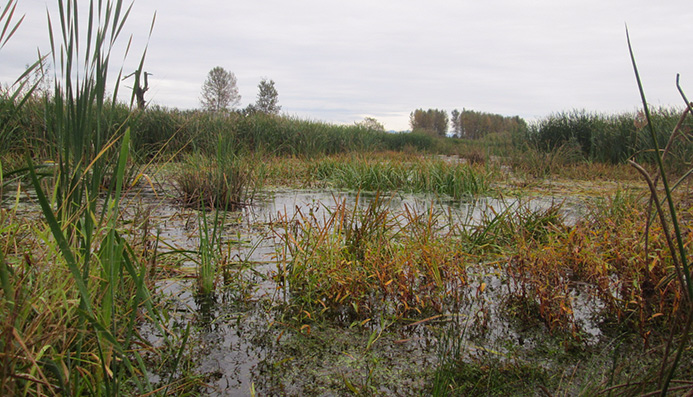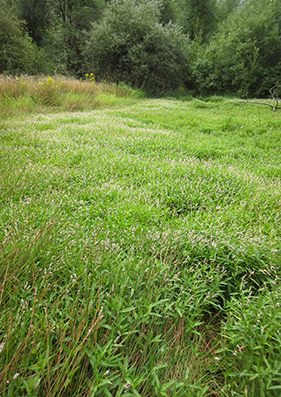

Changes to the Waters of the United States Rule
Effective September 8, 2023, the U.S. Army Corps of Engineers (COE) and U.S. Environmental Protection Agency (EPA) published a final rule for the revised definition of “Waters of the United States (WOTUS)” per the Supreme Court ruling on Sackett v. the U.S. Environmental Protection Agency (Sackett Rule). The revised WOTUS definition or Sackett Rule is consistent with the Supreme Court decision and substantially narrows the scope of federal jurisdiction under the Clean Water Act. Notably, the revised WOTUS definition eliminates the long used “significant nexus” test for identifying wetlands or other water bodies and clarifies the extent of the CWA. Under the Sackett Rule, the CWA will only regulate: 1) permanent water bodies (streams and wetlands) directly connected to traditional navigable waters, territorial seas, or interstate waters, and 2) wetlands that have continuous surficial connections with those waters.
This decision also clarified the term “adjacent” to jurisdictional waters to mean having a “continuous surface connection” with traditional navigable waters or their tributaries. This is a departure from the longstanding interpretation of “adjacent” as meaning boarding, neighboring, or contiguous to (including wetlands separated by man-made dikes, levees, or berms) waters.
The 2023 Rule explains that continuous surface connection is not the same as continuous surface water connection. This means that a wetland does not necessarily require a constant hydrologic connection, but rather that it has a physical connection to a WOTUS. The Agencies explain that wetlands meet the continuous surface connection requirement if they physically abut or touch a relatively permanent water. They also would meet the definition of having a continuous surface connection if they are connected to relatively permanent waters by a discrete feature like a nonjurisdictional ditch, swale, pipe, or culvert, because such features serve as the physical connection that maintains the continuous surface connection.
As a result of the Sackett Rule, developers should be aware of how individual states regulate waters and wetlands within their jurisdiction. In Washington State, impacts to wetlands that are not under federal jurisdiction must seek approval for impacts through the Washington Department of Ecology (WDOE) Administrative Order program. With an inevitable uptick in workload resulting from the WOTUS rule change, WDOE is seeking legislative changes to adopt a Washington State wetland dredge/fill permit program. Raedeke Associates is actively following how the revised WOTUS definition will influence new projects throughout Washington State in addition to tracking WDOE response.
